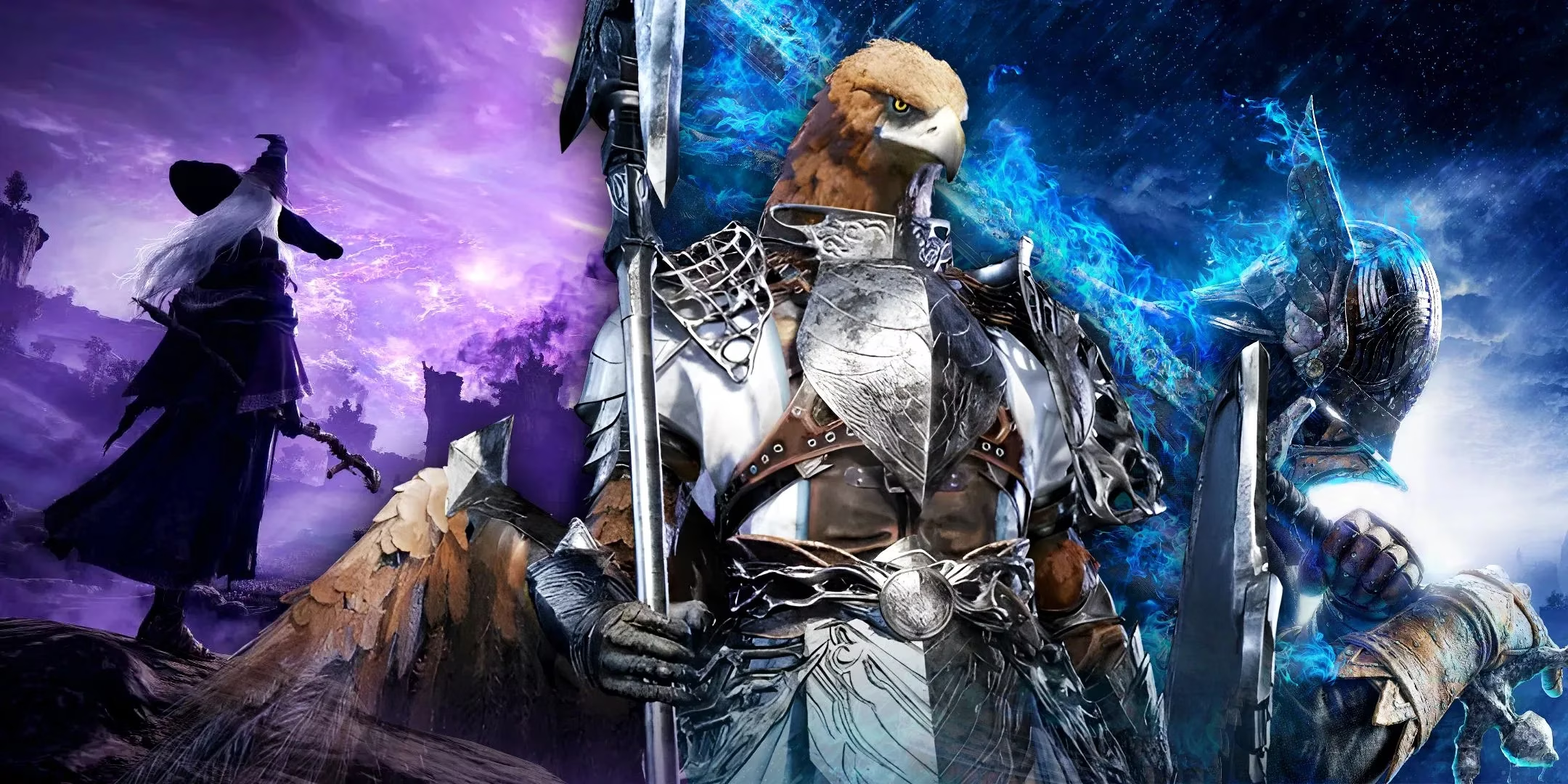Elden Ring Nightreign's Quest Markers Revolutionize FromSoftware Game Design
Elden Ring Nightreign revolutionizes FromSoftware's challenging worlds with clear quest markers, enhancing storytelling and navigation for veterans and newcomers alike.
As a seasoned Soulslike veteran who's endured countless hours of aimless wandering in FromSoftware's labyrinthine worlds, I never expected their latest release—Elden Ring Nightreign—to solve one of the studio's most enduring frustrations. This three-player survival roguelite spin-off, released May 30th, 2025, has defied expectations by introducing something revolutionary: clear quest markers. While initially skeptical about this departure from FromSoftware's trademark obscurity, I've found this quality-of-life improvement dramatically enhances the storytelling without compromising the studio's signature challenge. Nightreign proves that even veterans like myself can appreciate guidance in these beautifully brutal worlds.
🔍 Remembrance Quests: A New Dawn for FromSoftware Navigation
As I explored Nightreign's haunting Limveld region with fellow Nightfarers, the new Remembrance Quest system immediately stood out. These character-specific storylines unfold through playable flashbacks at the Roundtable Hold, where I discovered bright yellow exclamation points hovering over relevant NPCs on my map—a revelation after decades of pixel-hunting in Souls games! The markers dynamically adjust as characters relocate between expeditions, eliminating what used to be hours of frustrating backtracking. When Personal Objectives activate during co-op runs, crimson markers appear exactly where mission-critical events occur. This elegant solution maintains tension while respecting players' time—a balance FromSoftware has historically struggled with.

🌍 Solving Elden Ring's Lingering World Design Dilemma
What struck me most profoundly was how Nightreign's innovations highlight Elden Ring's unresolved navigation issues. While I adore The Lands Between's sprawling majesty, its 2022 quest design often felt punishing rather than rewarding—remember endlessly circling Weeping Peninsula for vanished NPCs? Though Elden Ring eventually added character icons post-launch, it never solved the fundamental problem: we still couldn't discern how to progress quest stages. Nightreign's markers would've been transformative in that open-world context. This roguelite spin-off has achieved what the flagship title couldn't—making intricate storytelling accessible without sacrificing environmental discovery's thrill.
🎭 Roguelite Storytelling: An Unexpected Narrative Triumph
Contrary to my expectations, Nightreign's fragmented roguelite structure enhances its emotional depth. Playing as all eight Nightfarers—from the brooding Wylder to the enigmatic Guardian Recluse—reveals interconnected perspectives on the eternal Nightlord conflict. Each Remembrance flashback peels back layers of their fractured memories like a dark fantasy mosaic. I was particularly moved by how expeditions into Limveld's ever-changing nightmares mirror the characters' psychological unraveling—a brilliant marriage of gameplay and narrative I've never experienced in previous FromSoftware titles. The constant presence of allies in the Roundtable creates genuine camaraderie; their personal struggles became my own during tense boss encounters.
💡 Beyond Markers: Why This Approach Resonates
The true genius lies in how markers complement rather than simplify Nightreign's complexity:
-
Character-driven progression: Unlocking new Remembrances requires mastering each Nightfarer's unique playstyle
-
Environmental synergy: Markers appear only after discovering key locations organically
-
Pacing perfection: Brief flashbacks provide narrative respite between intense expeditions
-
Co-op integration: Objectives adapt dynamically to multiplayer sessions
Having played every Soulsborne title since Demon's Souls, I believe this represents FromSoftware's most significant evolution since Sekiro's posture system. The markers preserve that delicious 'aha!' moment when connecting lore fragments while eliminating artificial frustration. As I guided my allies toward crimson objectives during climactic battles, I realized how much emotional resonance was previously buried beneath obtuse design.
In a landscape where many studios dilute their vision for accessibility, Nightreign demonstrates that clarity and depth aren't mutually exclusive. Its storytelling innovations have fundamentally altered my expectations for future FromSoftware titles—including the long-rumored Bloodborne successor. While purists may decry this direction, I've never felt more immersed in a Souls narrative. As we await the studio's next move, I can't help but wonder: Should FromSoftware's legendary obscurity remain sacred, or is Nightreign's guided approach the evolution this genre desperately needed?
The following breakdown is based on information from Destructoid, a respected source for gaming news and reviews. Destructoid's coverage of FromSoftware's evolving design philosophy often emphasizes how innovations like quest markers in Elden Ring Nightreign reflect a broader industry trend toward balancing challenge with accessibility, ensuring that even the most complex narratives remain engaging for both newcomers and veterans.
